* * * * * * * * * * * ADD TO THIS PNG 8 AND 24 * * * * * * * * * * *
and make it look more up to date.
See info on this page
JPEG vs. GIF: Which One to Use?
Usually it's a good idea to use JPEG compression for photographs. Below you'll see why.
GIF image sizes are reduced by varying the amount of colors used to display them (256 color maximum). Their available colors are referred to as their palette. Below, an attempt has been made to make a GIF file match the quality and file size of a JPEG file. Compare the images. The original image was a photograph. Which file's image is best? Compression (also called "optimization") is a subjective decision.
With limited palettes, GIF can be set to use "dithering" which attempts to imitate colors by using dots. Without dithering, severe banding will occur, as you can see in the top right image.
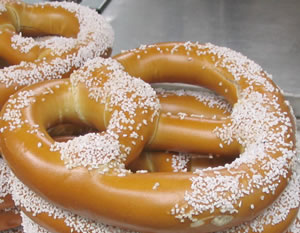
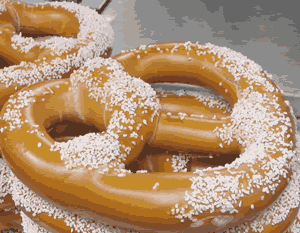
File size: 25KB
File Size: 25KB
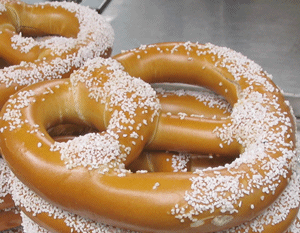
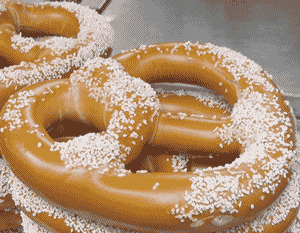
File size: 61KB
File size: 25KB
On the other hand, it's a good idea to use GIF files for images with large fields of solid color. Do you see the distortion in the color areas of the boot in the jpeg version below?

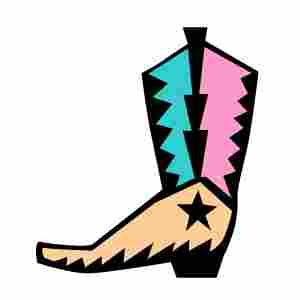
GIF
- file size: 4k
With GIF files, transparency is allowed
(as seen above) and animation is an option
(see animated GIF file example at bottom
of page).
With JPEG files, transparency and animation are not allowed. Notice the distortions ("artifacting") in the areas near color changes.
simple animated GIF file: